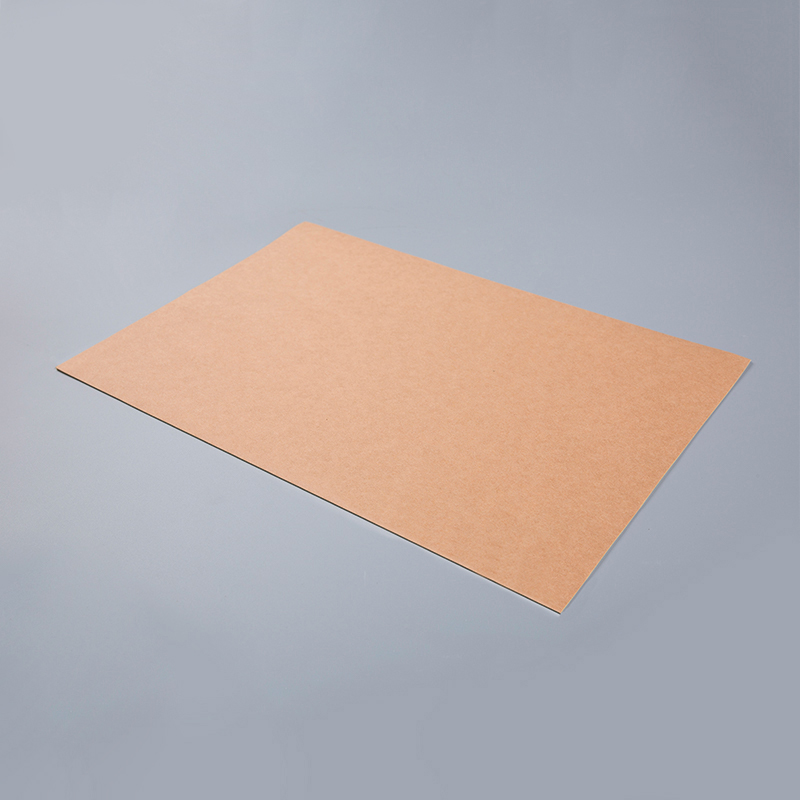What is Thermal Synthetic Paper?
Thermal synthetic paper is a durable, versatile material made from a synthetic polymer base, designed to withstand extreme conditions such as high temperatures and moisture. Unlike traditional paper, which is typically derived from wood pulp, synthetic paper is resistant to tearing, fading, and environmental damage. This makes it ideal for applications where durability and performance are critical, such as outdoor signage, labels, and receipts.
Key Differences Between Thermal Synthetic Paper and Traditional Paper
Durability and Resistance
One of the primary advantages of thermal synthetic paper over traditional paper is its superior durability. Traditional paper is more prone to wear and tear, especially in environments with high humidity or temperature fluctuations. Thermal synthetic paper, on the other hand, is engineered to resist moisture, UV light, and extreme temperatures, making it a better option for long-lasting applications.
Print Quality and Longevity
Thermal synthetic paper excels in retaining print quality, even under harsh conditions. Its smooth surface allows for sharp, clear printing, whether it's used in thermal transfer printers or direct thermal printing methods. In contrast, traditional paper tends to degrade over time, with prints fading or becoming illegible due to exposure to sunlight, moisture, or physical handling.
Cost Efficiency
While the upfront cost of thermal synthetic paper may be higher than that of traditional paper, its longevity and resistance to wear often result in cost savings over time. For example, businesses that use paper labels in outdoor or high-moisture environments will find that synthetic paper outperforms traditional paper in terms of longevity, reducing the need for frequent replacements.
Environmental Impact
Traditional paper, which is made from wood pulp, contributes to deforestation and requires significant energy during its production process. Thermal synthetic paper, often made from polypropylene or polyethylene, can be recyclable, but its environmental impact is still a concern. However, due to its durability, it may reduce the frequency of paper waste in certain applications.

Applications of Thermal Synthetic Paper
Thermal synthetic paper is used in a variety of industries where traditional paper would not perform as effectively. Some common applications include:
- Outdoor signage and labels
- Retail receipts and point-of-sale materials
- Shipping and packaging labels
- Temperature-sensitive packaging
Thermal Synthetic Paper vs. Traditional Paper: A Comparison Table
| Feature | Thermal Synthetic Paper | Traditional Paper |
| Durability | Highly durable, tear-resistant, moisture-resistant | Prone to tearing, fading, and damage from moisture |
| Print Quality | Sharp, clear prints that last longer | Prints can fade or become illegible over time |
| Cost | Higher upfront cost, but cost-effective long-term | Lower upfront cost, but requires frequent replacements |
| Environmental Impact | Can be recyclable, but still has an environmental footprint | Contributes to deforestation and energy use |
Conclusion: Which is the Right Choice for Your Needs?
Both thermal synthetic paper and traditional paper have their unique advantages depending on the application. If you need a durable, weather-resistant material that can withstand extreme conditions, thermal synthetic paper is the better option. However, for more general, low-cost printing needs, traditional paper might still be sufficient. The decision ultimately comes down to factors such as environmental conditions, print longevity, and budget.

 English
English Español
Español русский
русский











